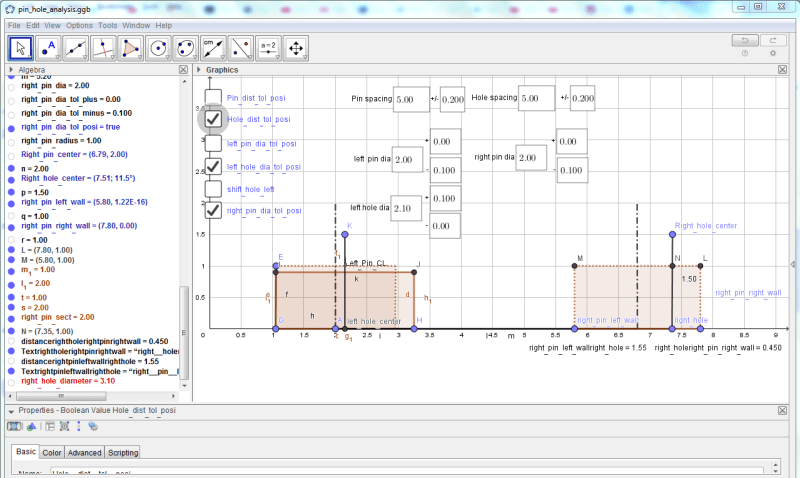[URL unfurl="true"]https://res.cloudinary.com/engineering-com/image/upload/v1652746102/tips/GDT_question_1_itbqwf.pdf[/url]
Hello All, Good Evening
I just want to start with a very basic question. I would like to use the excel file to find my Min /Max Values. I have downloaded that excel from this forum.
I want to start with your guidance rather assuming something wrong .
Then I would like to figure out myself on shift and bonus when I get fundamentals right. Appreciate your help
Please see attached.
Hello All, Good Evening
I just want to start with a very basic question. I would like to use the excel file to find my Min /Max Values. I have downloaded that excel from this forum.
I want to start with your guidance rather assuming something wrong .
Then I would like to figure out myself on shift and bonus when I get fundamentals right. Appreciate your help
Please see attached.

